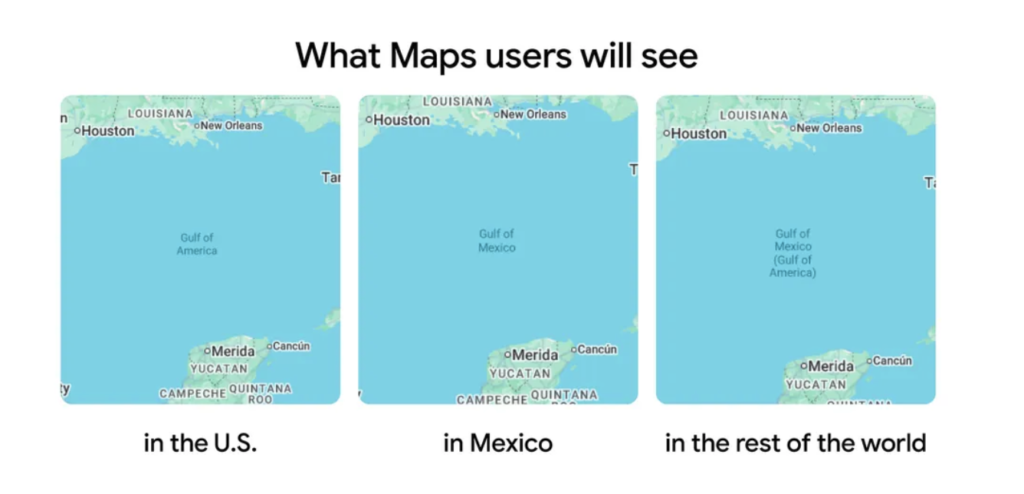Understanding the New Name for the Gulf of Mexico
Google Maps is making headlines with a significant change regarding the naming of the Gulf of Mexico. This article will outline what you need to know about this update, how it affects users in various regions, and the implications of this name change.
Key Points to Know
-
Three Different Names: Depending on their location, users will see one of three names for the Gulf of Mexico:
- In the United States, it will be referred to as the Gulf of America.
- In Mexico, it will still be known as the Gulf of Mexico.
- Users located in other regions will see both names displayed.
- Determining Your Location: The name you see for the Gulf depends on various factors, including your device’s operating system and your SIM provider. This makes it challenging to change the name manually.
What Prompted the Change?
The Gulf of Mexico has been renamed to the Gulf of America for U.S. users due to an update in the U.S. Geographic Names Information System. This is a formal database that tracks the names of geographical features in the country. Google follows official government sources for updates, leading to this name change being displayed on Google Maps.
Although this decision is indirectly tied to a directive from former President Trump, it is primarily anchored in the formal conclusion by the U.S. Department of the Interior. The department took action to rename the Gulf and followed through with the necessary regulations.
How Does This Affect Your Use of Google Maps?
If you are using Google Maps, here’s how you can expect the naming convention to work based on your location:
- In the United States: Users will see the body of water referred to as the Gulf of America.
- In Mexico: The traditional name of Gulf of Mexico will still appear.
- For all other regions: Both names will be displayed, reflecting the ongoing discussion surrounding the name change.
Why Does This Matter?
The renaming could lead to a variety of reactions depending on your point of view on geographical names and what they represent. Understanding these updates may affect how people view regional identity and cultural significance. It’s also a reminder of how technology and government decisions can intertwine, influencing our everyday experiences.
What About Other Mapping Services?
While Google Maps has already implemented this name change, users are curious about the plans of other navigation apps:
- Apple Maps: Apple has announced that it, too, intends to change the name to the Gulf of America.
- Other Services: As of now, platforms like Bing Maps and MapQuest have yet to make an official statement about their naming conventions.
Conclusion
With the ongoing vitriol and debate surrounding geographical names and their meanings, this update represents more than just a simple change. It affects how users interact with digital mapping services and how they understand their geographical surroundings. While the change may seem trivial to some, it stands as a reflection of deeper cultural sentiments.
In a globalized world, where names can heavily influence perceptions, it’s essential to stay informed about such updates. Whether you find the name change acceptable or provocative, it underscores the evolving relationship between geography, identity, and technology, reminding us that names have power.
